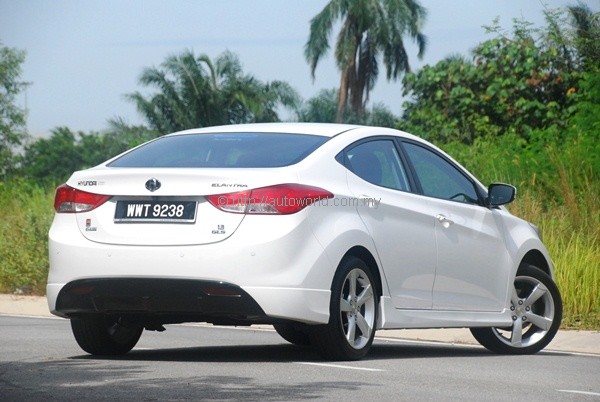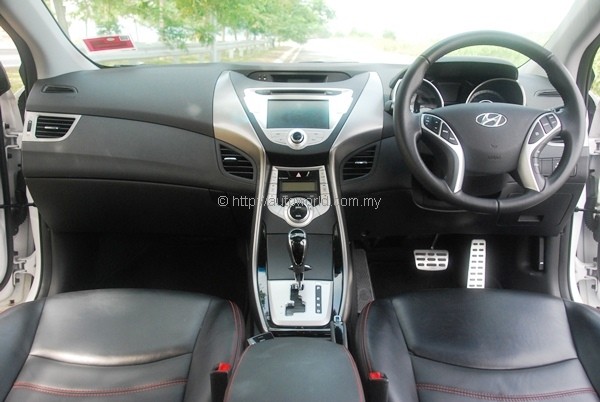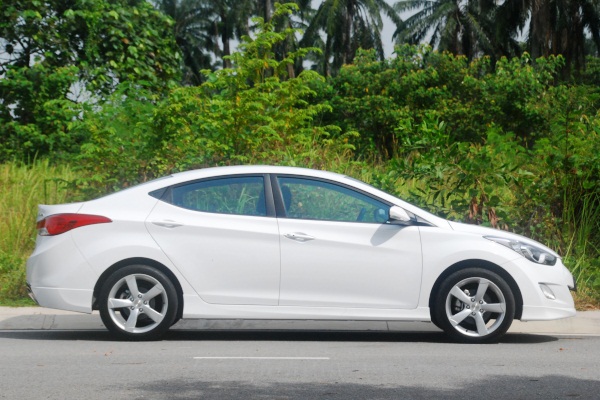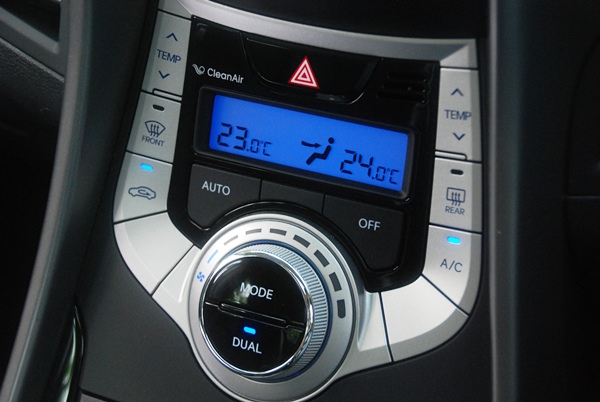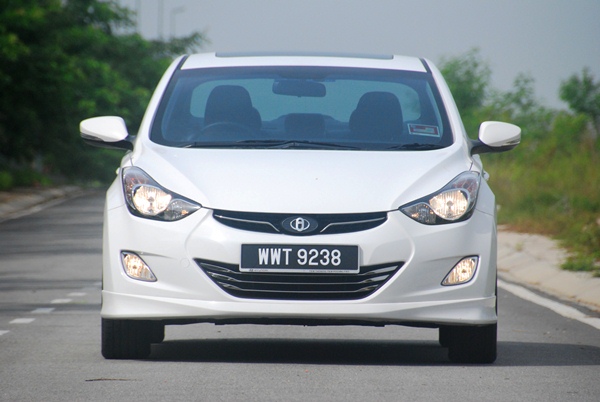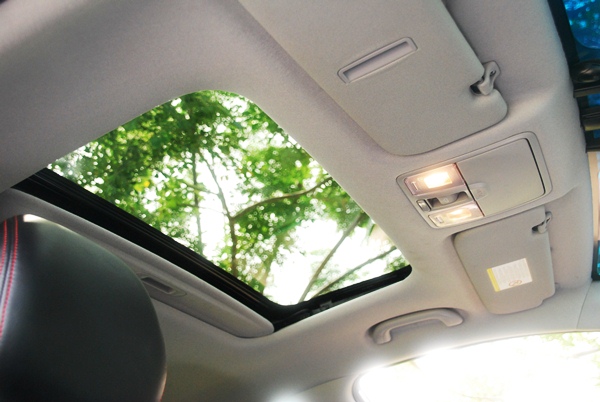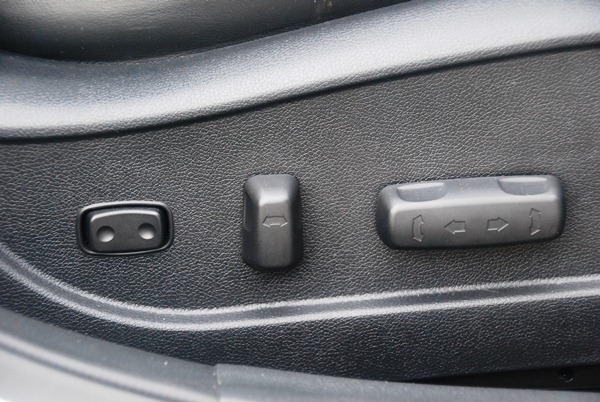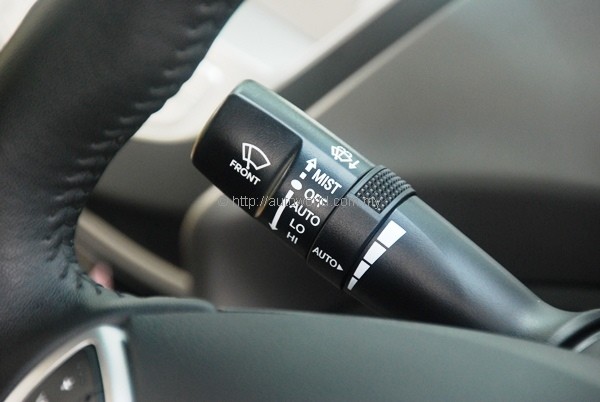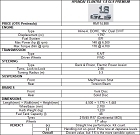Hyundai MD Elantra 1.8 Test Drive Review
The Hyundai Elantra delivers fantastic value for money with its sub-RM100k price tag buying a car of substantial equipment and specification. However, the top-spec 1.8 Premium model nudges the Elantra nameplate into six-figure territory for the first time, going for RM114,888 with insurance. That is a RM16k premium from the 1.6 High Spec model we reviewed earlier, and money like that requires serious justification.
Gone are the days when Hyundai sees itself as a cut price alternative to the established players. The Elantra 1.8’s pricing clearly reflects the company’s growing confidence in its products. Price-wise, the Elantra 1.8 is firmly in the mix with the Nissan Sylphy 2.0XL, Toyota Corolla Altis 1.8E, Honda Civic 1.8S and Ford Focus 2.0 Titanium – all entries competing around the region of RM115k give or take a couple of thousands. Cut price it certainly isn’t, and the Elantra now finds itself in company that asks very serious questions.
 |
Opening statement of the Elantra 1.8’s case would most certainly revolve around its engine, which is bigger, more powerful, and also much newer than the 1.6’s. A member of the newly-developed ‘Nu’ engine family, the all-aluminium twin cam unit with Dual CVVT displaces 1,797cc and is rated to produce 148hp @ 6,500rpm and 178Nm @ 4,700rpm, an increase of 20hp and 21Nm from the 1.6.
Hyundai regards the Nu engine as a successor to the 2.0-litre Beta of the previous-generation Elantra, slotting it between the smaller 1.6-litre Gamma II and the 2.0-litre Theta II engines. There is, in fact, no 2.0-litre variant of the MD Elantra currently available anywhere in the world, although only Hyundai knows if that will change in the foreseeable future.
 |
| Multimedia touchscreen with GPS is locally sourced. Processing is slow. |
Notable highlights of this new engine besides its impressive weight savings (30% lighter than a comparable iron block) include roller swing arms and hydraulic lash adjusters on the valvetrain and a Variable Intake System (VIS) to alternate between short and long intake manifolds. Its crankshaft design is offset to minimize friction between piston and cylinder wall.
Besides an all-new engine supplying a bit more power, buyers of the Elantra 1.8 also get a number of goodies exclusive to themselves over those who settled for the 1.6. As we pointed out in our earlier review, the Elantra was already pretty generous in its 1.6 High Spec trim, but our 1.8 test car here further piles on the goodies with cruise control, sun roof, electric driver seat adjustment, auto wipers, and dual zone climate control. Meanwhile, alloy rims are sized up by one inch to 17 inches.
 |
| Alloy rims an inch larger at 17. |
Another upgraded item is a dash-mounted multimedia unit with touchscreen interface that was quite obviously sourced from local vendors. The system includes a competent GPS navigation system and useful reverse camera, but interface is sometimes clumsy and the unit’s overall response time is slow in processing inputs. Sensitivity of the touchscreen is similarly not fantastic, and operating it on the move can prove frustrating at times.
So, we can quickly see that there is a good amount of gear to justify the Elantra 1.8’s price premium, but what about its driving experience? Taking off from standstill, the 1.8’s added power and more immediate response allow it to leap quicker off the line than the 1.6. The 1.8 Nu engine revs with greater willingness and urgency than the 1.6, although typical of Hyundai powertrains, top end refinement can still be improved. Overall, noticeably less effort is required to move the 1.8 compared to the 1.6.
 |
Ride and handling characteristics are similar to what we reported in the 1.6, despite the usage of bigger rims here in the 1.8. The thinner profile tyres did not ruin the Elantra’s ride, but high-speed stability remains questionable, and body roll is still prominent at the corners. The above plus a steering devoid of feedback disproves any sporting intention the Elantra might have tried to project with its dynamic appearance. Simply put, the Elantra is not a vehicle tuned for hard driving, but it is a good thing that Hyundai did not specify an overtly stiff suspension setup this time.
Despite the noticeable improvement in performance and equipment that the 1.8 has over its smaller-engined siblings, our recommended pick of the Elantra range continues to be the 1.6-litre model, which in the High Spec guise we tested previously already has sufficient performance and most of the equipment one needs on a day-to-day basis.
Hyundai’s daringness to price the Elantra 1.8 on par with established models such as the Civic and Corolla is an impressive demonstration of confidence, and further illustrates how far Hyundai has come over the years. This writer is of the opinion that the Elantra still has a bit to catch up with the old-timers in terms of driving dynamics and refinement, but in the areas of design, specifications, and quality, Hyundai has earned the right to stand on the same pedestal as the established players.
 |





